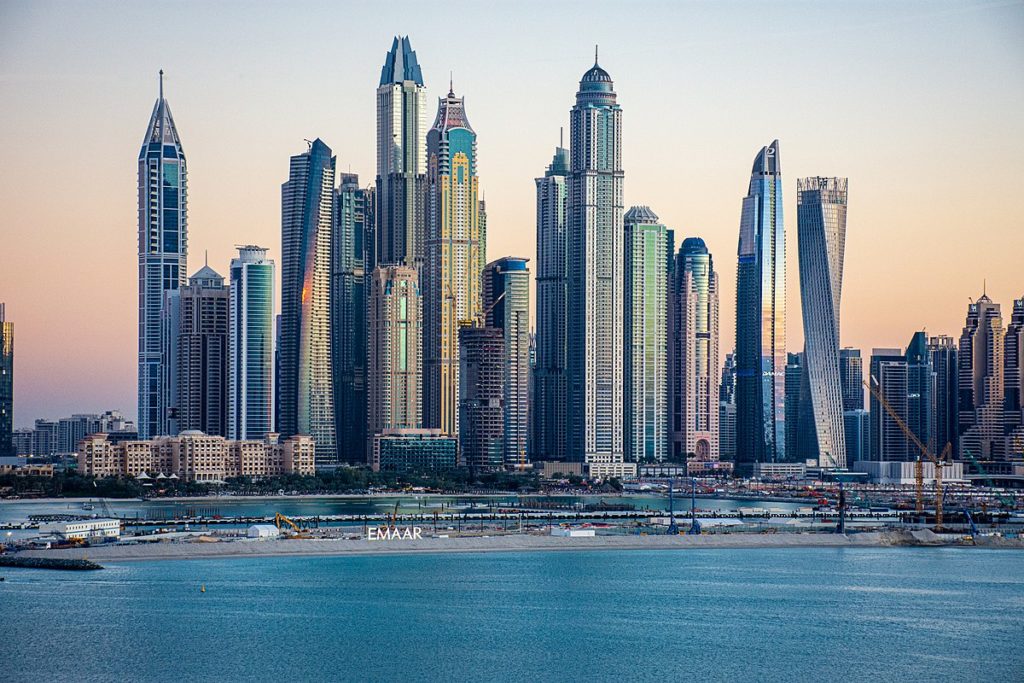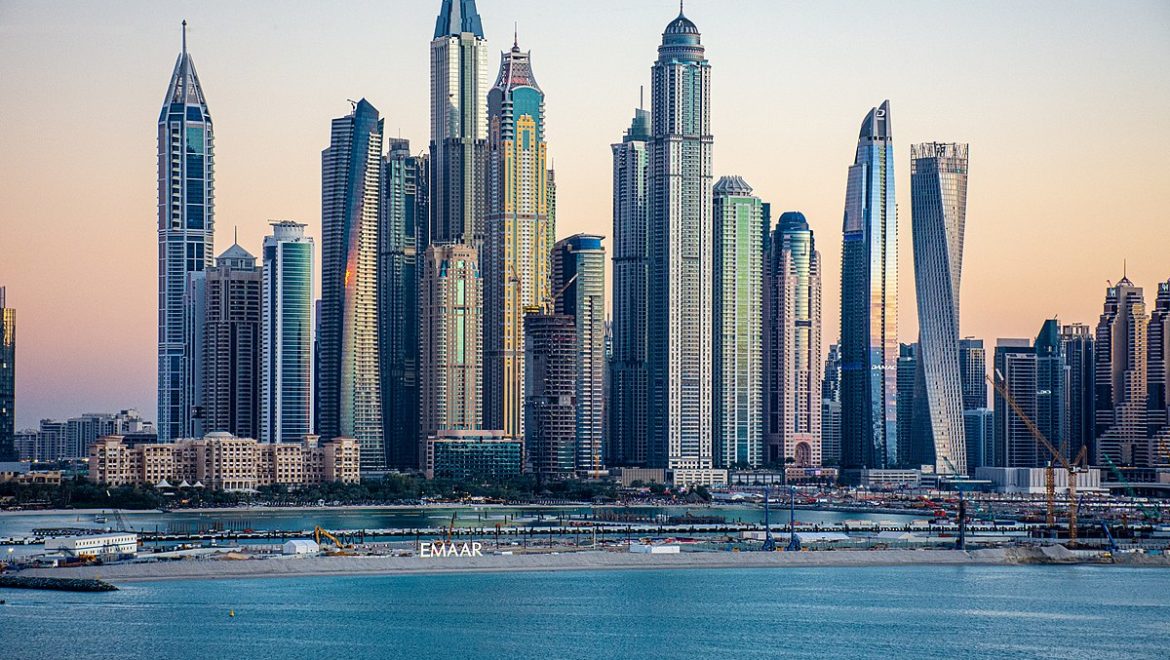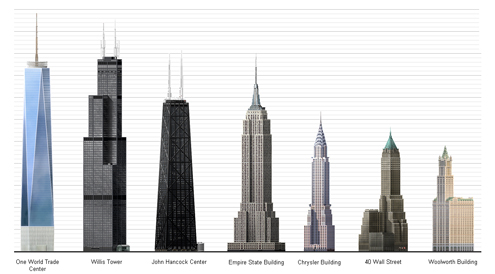The Art and Science of Building the World’s Tallest Skyscraper
In the ever-evolving world of architecture and engineering, pushing the boundaries of what’s possible has become a common pursuit. One remarkable feat that stands as a testament to human ingenuity is the construction of the world’s tallest skyscraper. This awe-inspiring endeavor requires meticulous planning, cutting-edge technology, and a collaborative effort from experts across various disciplines.
Planning for Greatness:
Before the first brick is laid or the first beam is hoisted into place, the journey to build the world’s tallest skyscraper begins with extensive planning. The process involves a deep understanding of the site, local regulations, and the specific needs and goals of the project.
Site Selection:
Selecting the right location is crucial. Factors such as soil stability, seismic activity, and proximity to infrastructure play a vital role in determining the feasibility of the site. Engineers conduct thorough geological and environmental studies to assess the ground conditions and potential challenges that may arise during construction.
Regulatory Compliance:
Navigating the complex web of local and international building codes and regulations is a significant aspect of the planning phase. Ensuring compliance with safety standards, zoning laws, and environmental requirements is essential for obtaining permits and avoiding delays.
Architectural Design:
Creating a design that not only captures the imagination but also addresses structural and logistical challenges is an art. Architects work hand-in-hand with engineers to develop a concept that balances aesthetics, functionality, and structural integrity. The design must account for factors like wind loads, material strength, and the distribution of weight.
Technology and Innovation:
The construction of the world’s tallest skyscraper relies heavily on cutting-edge technology. Building information modeling (BIM) software enables architects and engineers to create detailed 3D models, facilitating better collaboration and identifying potential issues before they arise. Advanced construction materials and methodologies, such as prefabrication and modular construction, are employed to improve efficiency and speed.
Structural Engineering Marvels:
At the heart of every skyscraper is a robust and innovative structural system designed to withstand the forces acting upon it. The use of materials like high-strength concrete and steel is common, but advancements in materials science continue to offer new possibilities. The structural design must account for factors like wind resistance, seismic activity, and the sheer weight of the building itself.
Construction Challenges:
The construction phase of a skyscraper is a symphony of coordination, precision, and safety. Building vertically on such a grand scale introduces unique challenges that require specialized knowledge and experience.
Foundation:
The foundation is the bedrock on which the skyscraper stands. For tall structures, engineers often employ innovative foundation designs such as deep piles or caissons to anchor the building securely. This phase requires careful excavation, soil stabilization, and the strategic placement of foundation elements.
Vertical Transportation:
As buildings reach unprecedented heights, vertical transportation becomes a critical consideration. Elevators must be designed to handle the demands of tall structures efficiently. Engineers often incorporate advanced elevator technologies, such as double-deck elevators and high-speed systems, to move occupants swiftly and comfortably.
Wind and Seismic Considerations:
Tall buildings are susceptible to wind forces and seismic activity. Engineers implement advanced wind tunnel testing and seismic analysis to ensure the structure can withstand these dynamic forces. Techniques like tuned mass dampers or sway control systems may be incorporated to enhance stability.
Conclusion:
The construction of the world’s tallest skyscraper is a monumental undertaking that requires a delicate balance of art and science. From the initial planning stages to the final touches, a myriad of professionals collaborates to bring these towering structures to life. As technology continues to advance, the limits of architectural achievement will be pushed even further, promising a future where new heights are reached, and the skyline evolves into a testament to human innovation and determination.

Norlando Pobre – https://www.flickr.com/photos/npobre/49981386642/







